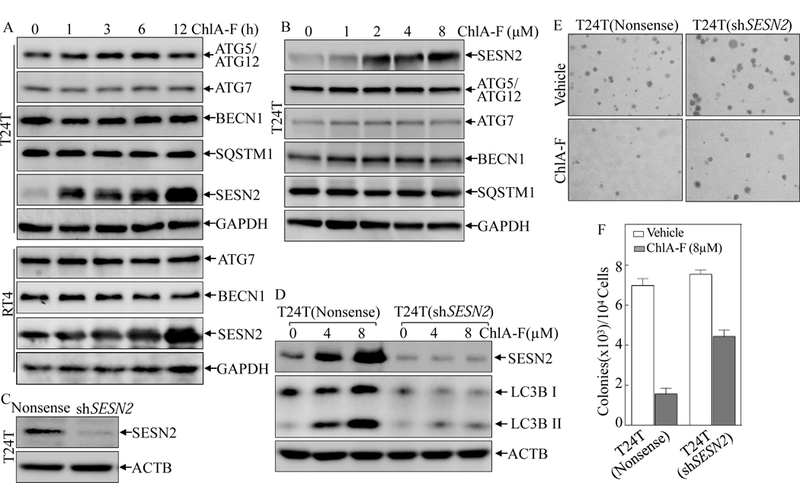Fig. 2. SESN2 induction was required for autophagic response and anchorage-independent growth inhibition by ChlA-F in human invasive bladder cancer cells.

(A & B) treatment of T24T and RT4 cells with ChlA-F at 8µM for the time points indicated (A) or at the indicated concentrations for 12 h (B). The cell lysates were subjected to Western Blot to evaluate the expression of ATG5/ATG12, ATG7, BECN1, SQSTM1, and SESN2. (C) shRNA SESN2 were stably transfected into T24T cells and the stable transfectants were identified by Western Blot. (D) The indicated stable transfectants were subjected to Western Blot to determine SESN2 and LC3B levels in T24T cells following ChlA-F treatment for 12 h. (E & F) Representative images of colonies of T24T (shSESN2) and T24T (Nonsense) cells in soft-agar assay in the presence or absence of ChlA-F(8µM) were captured (E) or counted under an inverted microscope. The results are presented as colonies per 104 cells, and the bars show Mean ± SD from three independent experiments (F). The symbol (*) indicates a significant decrease from vehicle control (p<0.05).
